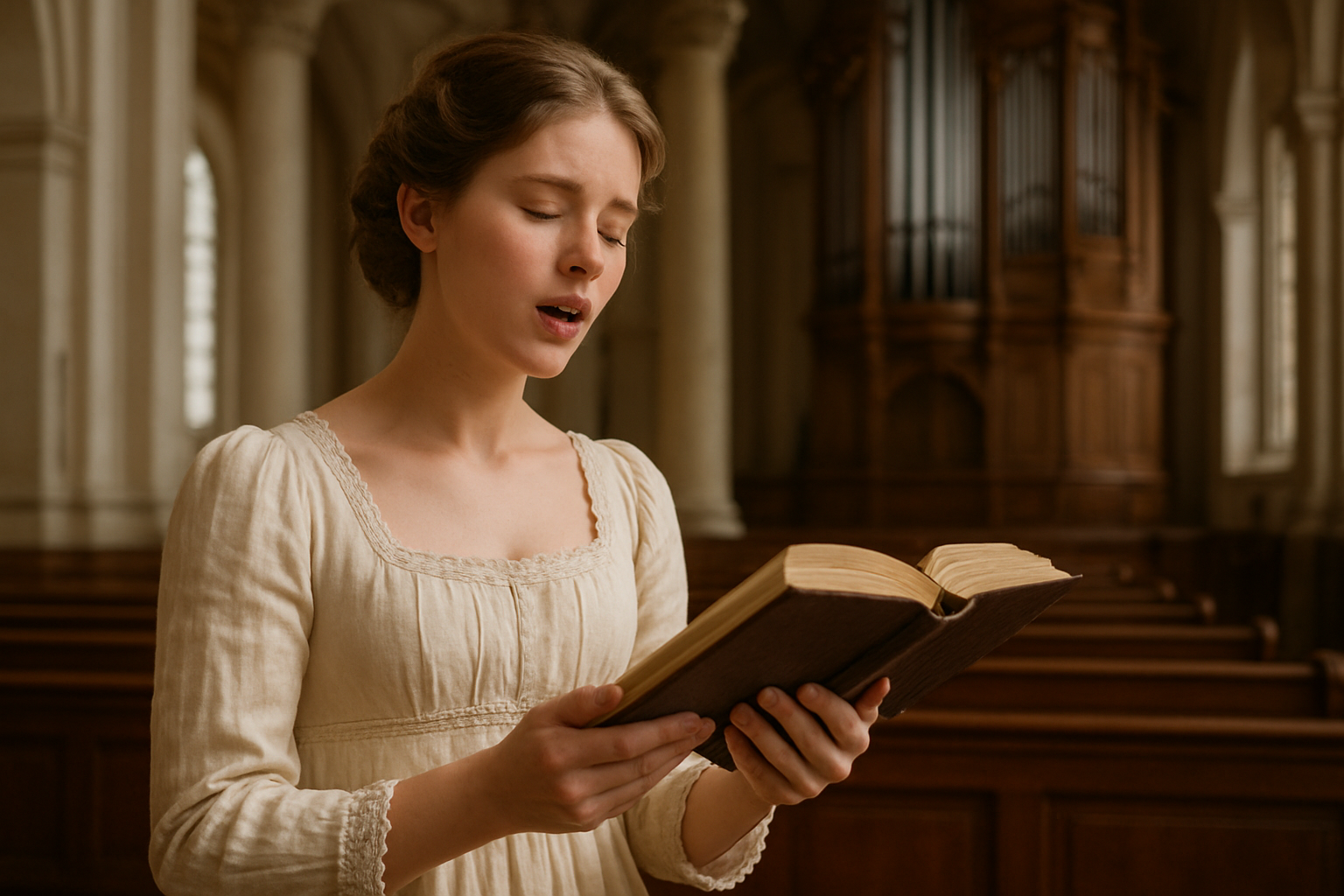The Classical era, an epoch spanning from the mid-18th century to the early 19th century, marked a significant transformation in the landscape of Western music. This period saw developments in musical forms, styles, and approaches that influenced the sacred song, elevating it to new artistic heights. This article explores the evolution of sacred music during this era, focusing on its roots, development, and enduring impact.
The Dawn of the Classical Era
The Classical era followed the Baroque period, which had been characterized by its ornate musical style. Composers like Johann Sebastian Bach and George Frideric Handel dominated the Baroque landscape with intricate polyphony and embellished melodies. However, the Classical era ushered in a preference for clarity, balance, and formality.
Composers aimed to simplify musical composition without sacrificing depth and emotion. Joseph Haydn, often referred to as the father of the symphony and the string quartet, exemplified this shift. His works laid the groundwork for future composers, including Wolfgang Amadeus Mozart and Ludwig van Beethoven.
Reimagining Sacred Music
Sacred music during the Classical era was reframed to match the evolving tastes of the time. The newfound clarity and balance in music affected the composition of hymns and liturgical pieces, making them more accessible and emotionally impactful.
- Mozart’s Influence: Wolfgang Amadeus Mozart was pivotal in redefining sacred music. His compositions display a mastery of form and expressive melody, notably his Requiem Mass in D minor, K. 626. In this incomplete masterpiece, finished posthumously by Franz Xaver Süssmayr, Mozart exquisitely blends profound sorrow and celestial beauty, creating a seminal work in the sacred repertoire.
- Haydn’s Contributions: Joseph Haydn’s The Creation, a significant oratorio, reflects a sublime narrative of the biblical Creation story. Described by musicologist Daniel Heartz as “the greatest achievement of his career” ([Cambridge University Press]), this piece highlights Haydn’s ability to integrate dramatic elements with spiritual profundity.
The Role of the Church and Patronage
The Church played a dual role, both as a patron and as a conservator of traditional styles. The rich tradition of choral music remained central to church services, with an emphasis on congregational participation.
“Music in the Classical period presented itself with the spiritual elevation that was concurrent with the Age of Enlightenment, balancing art with divine worship” (Library of Congress).
Many composers were employed by religious institutions, where they were expected to produce music fitting the liturgical calendar. This relationship often led to the creation of sacred works that were both innovative and deeply rooted in tradition.
The Emergence of the Oratorio
The oratorio, a large-scale musical composition for orchestra and voices, saw significant developments during the Classical period. While rooted in religious themes, the oratorio became a medium through which composers could engage with dramatic storytelling.
Ludwig van Beethoven’s oratorio Christ on the Mount of Olives captures a vivid portrayal of Christ’s anguish and resolution. The piece exemplifies Beethoven’s skill in blending narrative with an emotional complexity that was unprecedented at the time.
- Greater Accessibility: Oratorios were performed outside the strict confines of church services, allowing a broader audience to experience sacred music. This change was pivotal in bringing sacred themes to secular concert halls.
- New Narratives: Composers explored a wider range of biblical stories, moving beyond the traditional focus on Passion settings. This variety enriched the genre and engaged diverse audiences.
Simplification and Secularization
The Classical era also witnessed a gradual shift towards secularization in music composition. As Europe experienced cultural, political, and scientific evolutions of the Enlightenment, religious music began to incorporate these new ideas, reflecting a synthesized worldview.
Moreover, hymns underwent simplification to emphasize congregational singing. The focus moved from the grandeur of the complex polyphonic works of the Baroque to more homophonic structures that allowed clearer text articulation and participation.
The Legacy of Classical Sacred Music
The influence of Classical sacred music resonates throughout subsequent musical periods. This era elevated the technical and emotional sophistication of hymns and sacred compositions, setting a precedent that continues to influence worship music.
- Contemporary Hymnody: Many modern hymns bear the structural and stylistic hallmarks of the Classical era, emphasizing melody and harmonic progression that facilitate congregational engagement.
- Historicity and Performance: Today, performances of Classical sacred music in concert halls and places of worship continue to captivate audiences, bridging historical contexts with contemporary spirituality.
“Sacred music from the Classical era not only reflects the theological and philosophical shifts of its time but also remains a powerful testament to the unchanging aspects of the human condition” (Oxford Music Online).
In conclusion, the evolution of sacred song during the Classical era was marked by a harmonious blend of innovation and tradition. Composers of the time crafted music that was both structurally balanced and deeply moving, leaving a legacy that continues to inspire both performers and worshippers today.
The hymns of the heart, crafted during this transformative period, remain a testament to the enduring capacity of sacred music to connect the temporal with the divine, offering solace and inspiration across generations.
